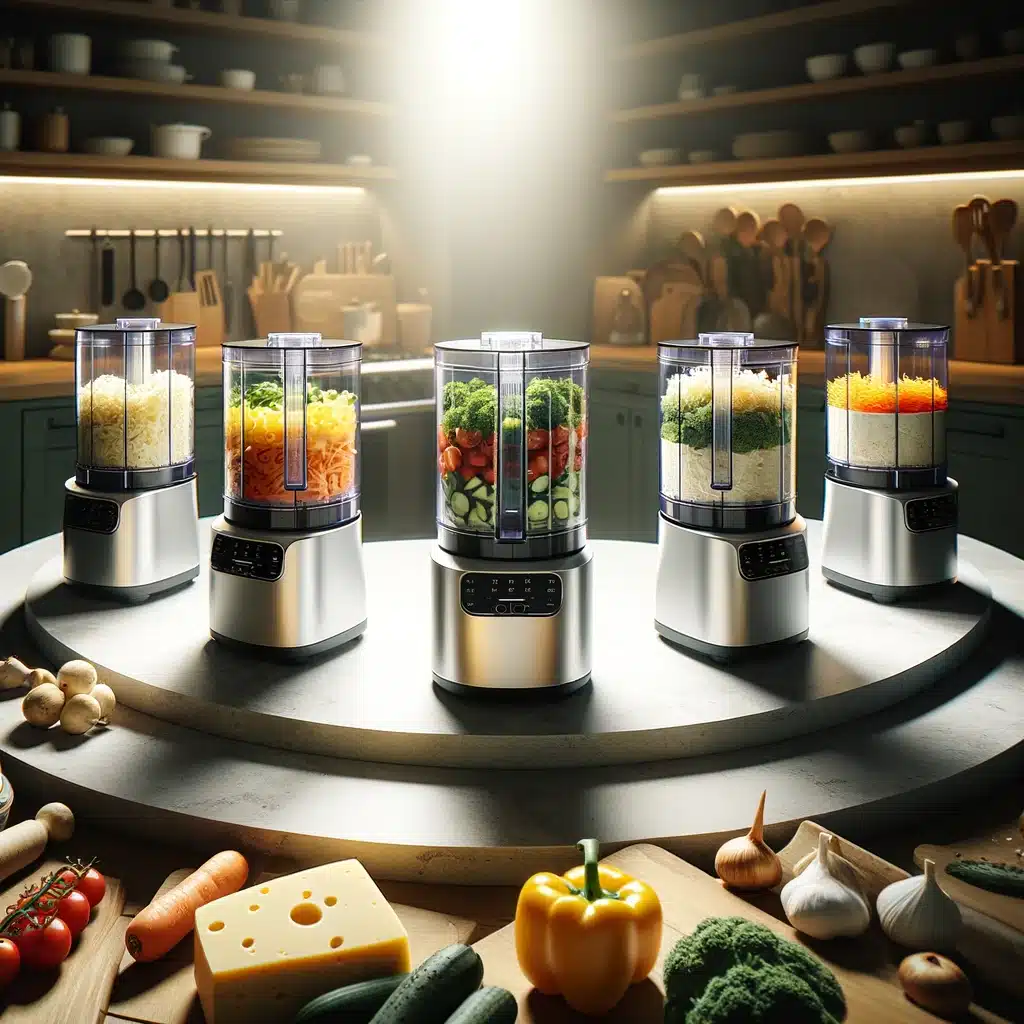Ready to make clean eating a habit without the hassle? This 7‑Day Clean Eating Meal Plan for Beginners is your practical guide to a healthier lifestyle. Clean eating focuses on whole, minimally processed foods—like fresh vegetables, lean proteins, whole grains, and healthy fats—that boost your energy and well‑being. Whether your goal is weight loss, more energy, or simply eating cleaner, this plan makes it easy to build lasting habits.
Inspired by the Mediterranean diet, this plan includes simple, balanced meals that are packed with flavour and nutrition. You’ll find easy prep tips, healthy meal ideas, and strategies to simplify your grocery shopping without breaking the bank. From hearty breakfasts to filling dinners and wholesome snacks, you’ll get delicious, fuss‑free recipes for every meal.
Whether you’re looking to shed a few pounds or just clean up your eating habits, this clean eating meal plan will help you reach your goals. Plus, each recipe is designed to keep you motivated with vibrant ingredients and simple steps. Kickstart your journey with this beginner‑friendly guide and see how easy healthy eating can be!

Key Takeaways
To enhance health, clean eating focuses on whole, unprocessed foods, such as fruits, vegetables, lean proteins, and whole grains.
The Mediterranean diet is a key aspect of clean eating, promoting benefits such as weight management, improved brain health, and reduced inflammation.
Meal prepping and smart grocery shopping can make clean eating easy and budget-friendly while ensuring you get the necessary nutrients.
What is Clean Eating?
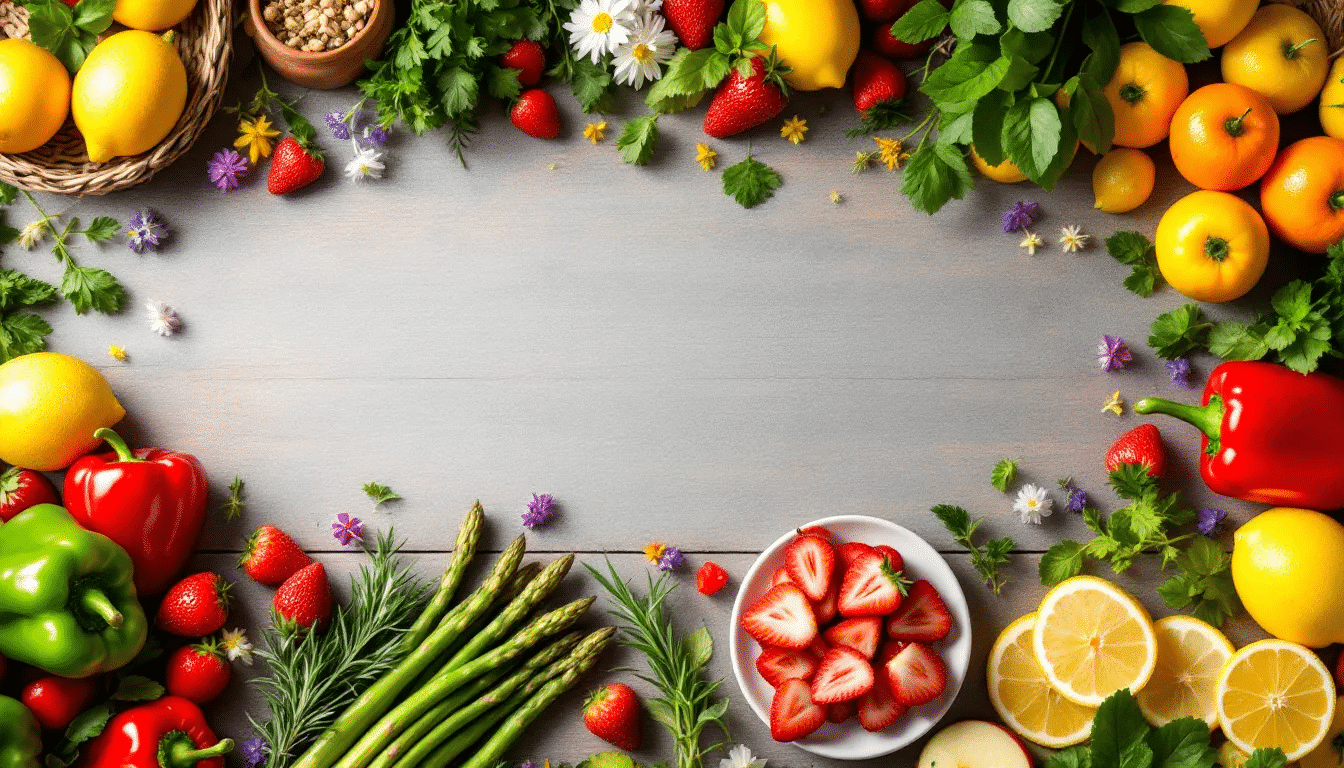
Clean eating is all about focusing on nutrient-dense foods like:
Fruits
Vegetables
Whole grains
Lean proteins
It’s a lifestyle that prioritizes whole, unprocessed foods while minimizing processed options. At its core, clean eating encourages reducing refined grains, unhealthy fats, and excessive added sugars from one’s diet. This way of eating emphasizes plant-based foods, promoting a higher fiber intake and beneficial nutrients.
Another key aspect of clean eating is avoiding highly processed foods that contain hard-to-pronounce ingredients. These healthier choices contribute to a nutritious diet that supports overall well-being.
Whether you’re aiming for weight loss or a healthier meal plan, clean eating can guide you to a more vibrant and fulfilling lifestyle.
Health Benefits of Clean Eating
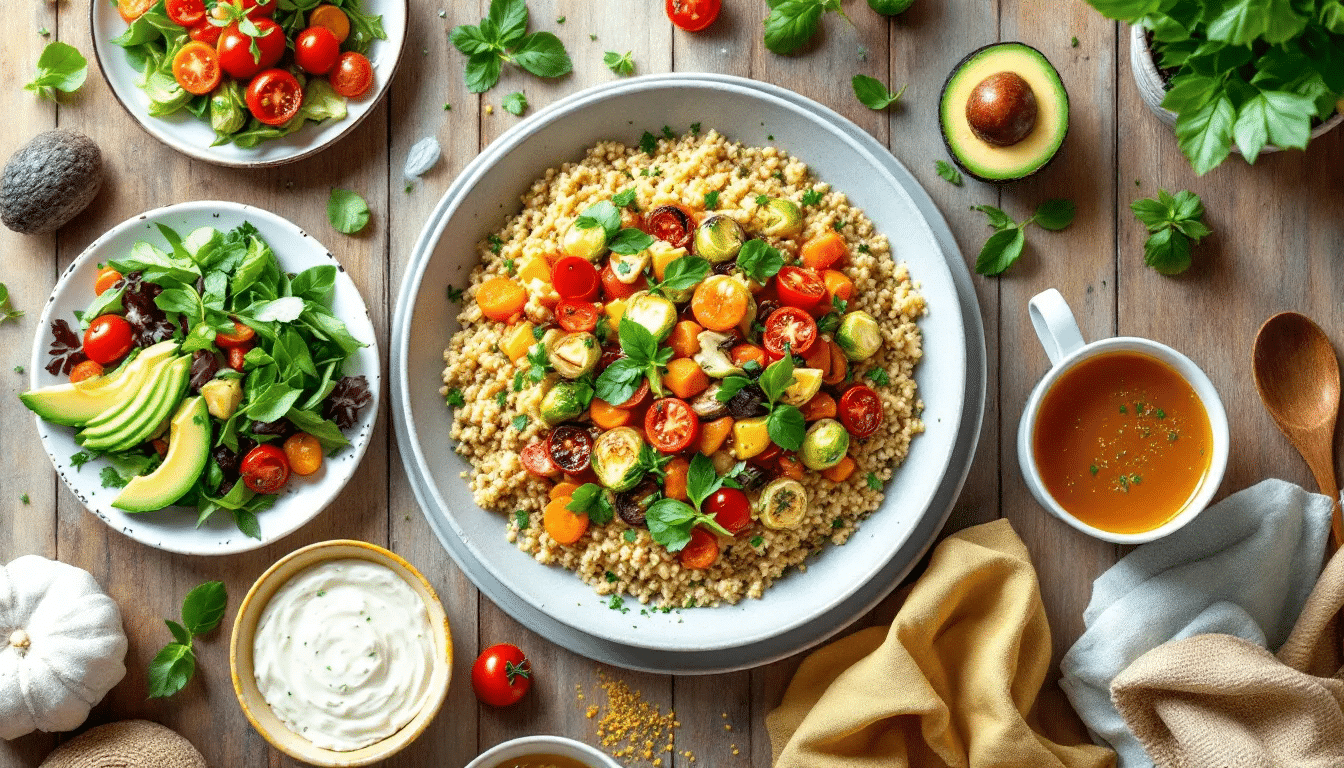
The health benefits of clean eating are numerous and impactful. They include:
Supporting weight management, reducing the likelihood of gaining excess weight over time
Enhancing energy levels and self-esteem, contributing to weight loss motivation
Improving brain health and reducing the risk of cognitive decline
Reducing inflammation by following a Mediterranean diet, benefiting heart health, and lowering blood pressure
By adopting a clean eating approach, you can experience these positive effects on your overall health.
Beyond physical health, clean eating promotes environmental sustainability by emphasizing organic and local produce. Imagine enjoying a satisfying meal filled with fresh vegetables, heart-healthy fats, and lean proteins—all while knowing you’re doing something good for the planet.
The benefits of the Mediterranean diet are well-documented, making it a popular choice for those looking to improve their overall health with a Mediterranean diet meal plan and embrace a Mediterranean lifestyle.
Essential Foods for Clean Eating
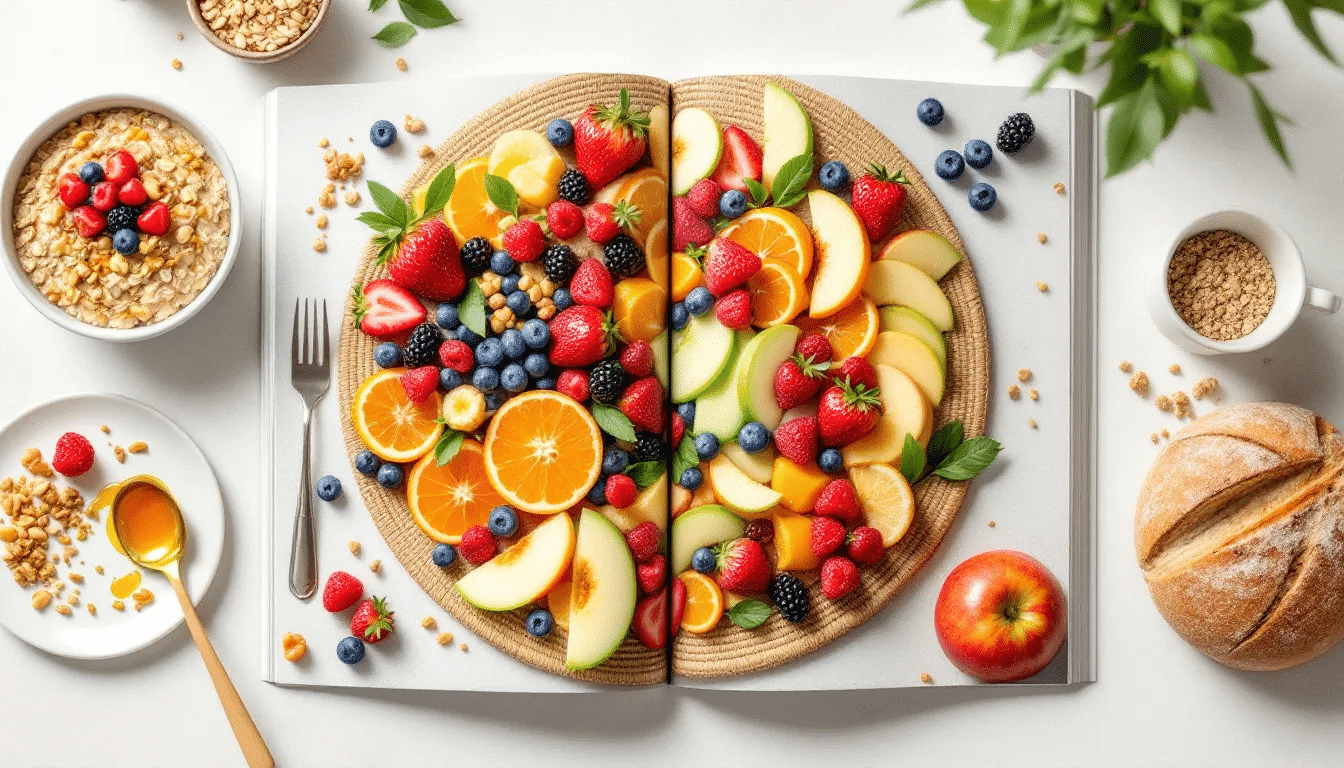
Fresh fruits and vegetables should make up a significant part of your grocery list when it comes to clean eating. The Mediterranean style encourages incorporating fresh produce, whole grains, and healthy fats into daily meals. Whole grains such as brown rice, whole wheat pasta, and whole grain toast are excellent choices to include in your diet. These foods provide essential nutrients and help maintain energy levels throughout the day.
Nuts, particularly unsalted varieties like walnuts and almonds, are recommended in the Mediterranean diet. They offer a good source of healthy fats and protein. Fish, especially those high in omega-3 fatty acids like salmon and sardines, are also emphasized. Moderate consumption of natural products such as yogurt and cheese is encouraged for dairy. Choose healthy oils like olive oil and extra virgin olive oil as they serve as the primary source of healthy fats in this eating plan.
Incorporating legumes such as beans and lentils is common in the Mediterranean diet. These foods are high in fiber and protein, making them excellent additions to your meals. By focusing on these essential foods, you can create a balanced and nutritious diet that supports your health and well-being.
Foods to Avoid in Clean Eating
Avoiding processed foods laden with unhealthy additives is crucial for maintaining a healthy lifestyle. Regularly reading ingredient labels can help you avoid these items. Foods high in added sugars, such as baked goods and sugary drinks, should be minimized. Refined carbohydrates, including white bread and white rice, should also be avoided for better health.
To reduce the risk of heart disease, processed meats and foods high in sodium and unhealthy fats should be limited. Be cautious with canned items, ensuring they contain no added sugars or excessive sodium. Focusing on more nutritious options supports your clean-eating goals.
How to Meal Prep for Clean Eating
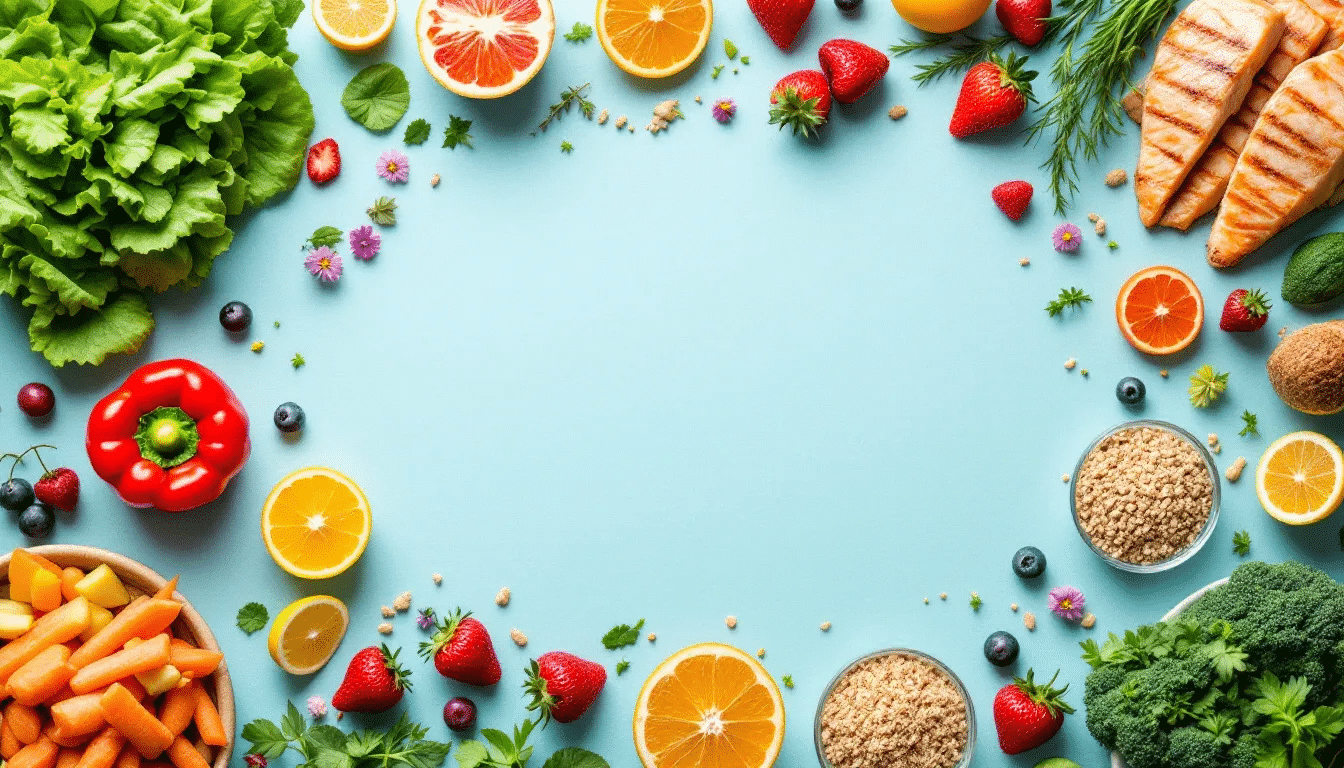
Meal prepping is a fantastic way to maintain a clean eating lifestyle. Start by planning meals based on a budget and creating a grocery list that includes both staples and perishables. This approach can help you stay organized and ensure you have everything you need for the week. Meal prepping at the beginning of the week can significantly ease the effort needed to maintain a healthy diet.
Add beans and canned or frozen vegetables to your meals to increase fiber and nutrients while stretching your budget. Using simple recipes with short ingredient lists can streamline meal preparation. Store prepped ingredients, such as dressings or portioned snacks, to make healthy eating more accessible.
These tips make meal planning and prepping more manageable and enjoyable.
Sample 7-Day Clean Eating Meal Plan
To help you get started, we’ve put together a sample 7-day clean eating meal plan. This plan includes:
Breakfast
Lunch
Dinner
Snacks
All emphasizing whole, minimally processed foods. Each day features a balance across food groups, integrating lean proteins, healthy fats, and fiber-rich carbohydrates.
The daily total calorie count is approximately 1,345 calories, providing significant nutrients to support your health. Let’s dive into each day to see what delicious and nutritious meals await you.

Day 1
On Day 1, start your morning with whole grain toast topped with avocado and mixed berries. This breakfast provides a balance of fiber, healthy fats, and antioxidants.
For lunch, a salad with mixed greens, grilled chicken, and a vinaigrette offers lean protein and fresh veggies to keep you energized.
Dinner features quinoa with steamed broccoli and salmon, providing a wholesome mix of protein, fiber, and healthy fats. These meals set a solid foundation for your clean eating journey, ensuring you get the nutrients you need to thrive.
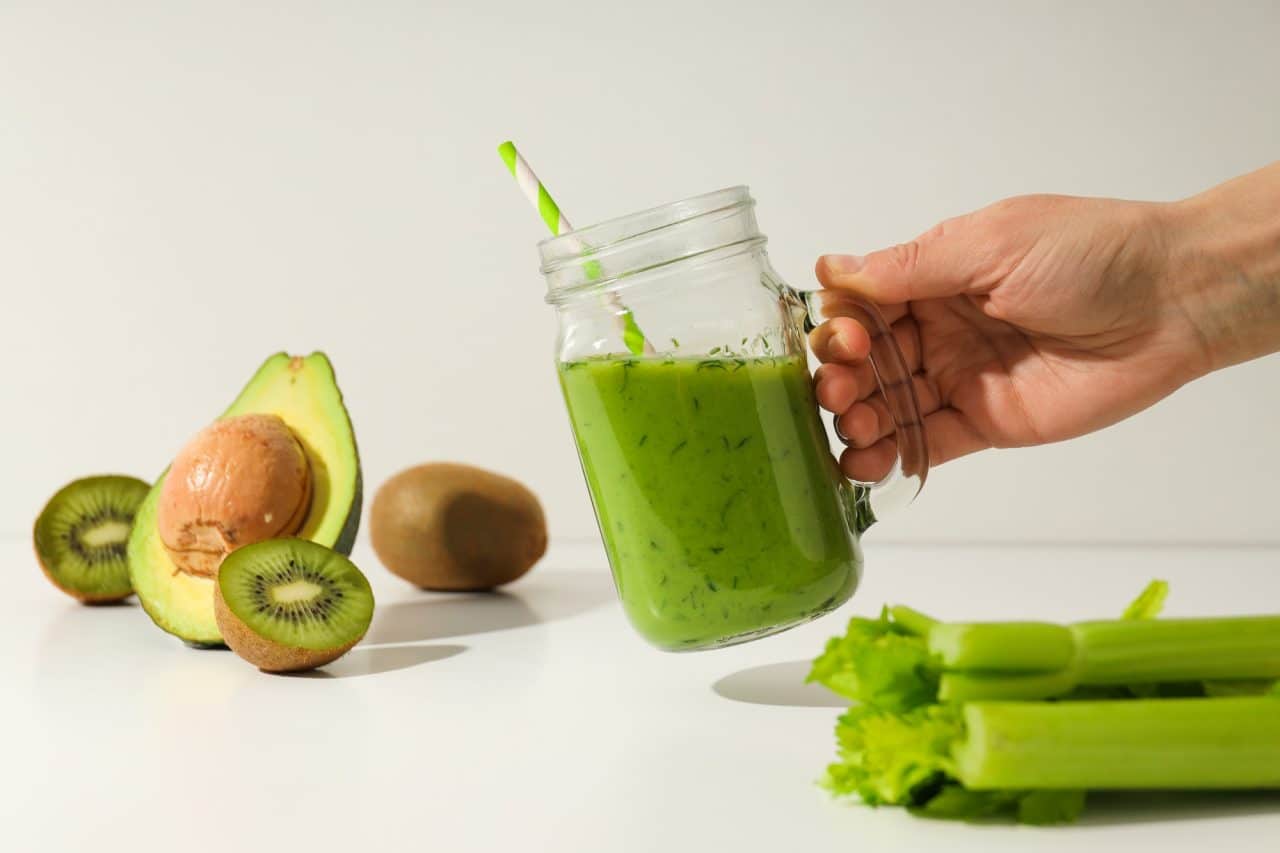
Day 2
Day 2 starts with a refreshing leafy green smoothie for breakfast, offering a nutrient-packed start to your day. For lunch, a quinoa salad topped with grilled chicken and a drizzle of extra virgin olive oil provides a wholesome mix of protein and healthy fats.
Dinner features a flavorful stir-fry with brown rice, assorted vegetables, and a light soy sauce dressing. Brown rice is a wholesome grain option that provides fiber and essential nutrients for sustained energy.
These meals help maintain healthy blood pressure and reduce the risk of cardiovascular disease.

Day 3
Day 3 focuses on enhancing meal flavors with fresh herbs. Start with a breakfast that includes Greek yogurt, which provides protein and probiotics for gut health. For lunch, a whole wheat pasta dish topped with grilled chicken and fresh herbs like parsley and basil is higher in fiber and nutrients than refined pasta.
Dinner features a Greek yogurt parfait layered with fruits, nuts, and a drizzle of honey. This satisfying meal balances protein, healthy fats, and fiber. Incorporating fresh herbs elevates the flavors and adds vitamins to your meals.
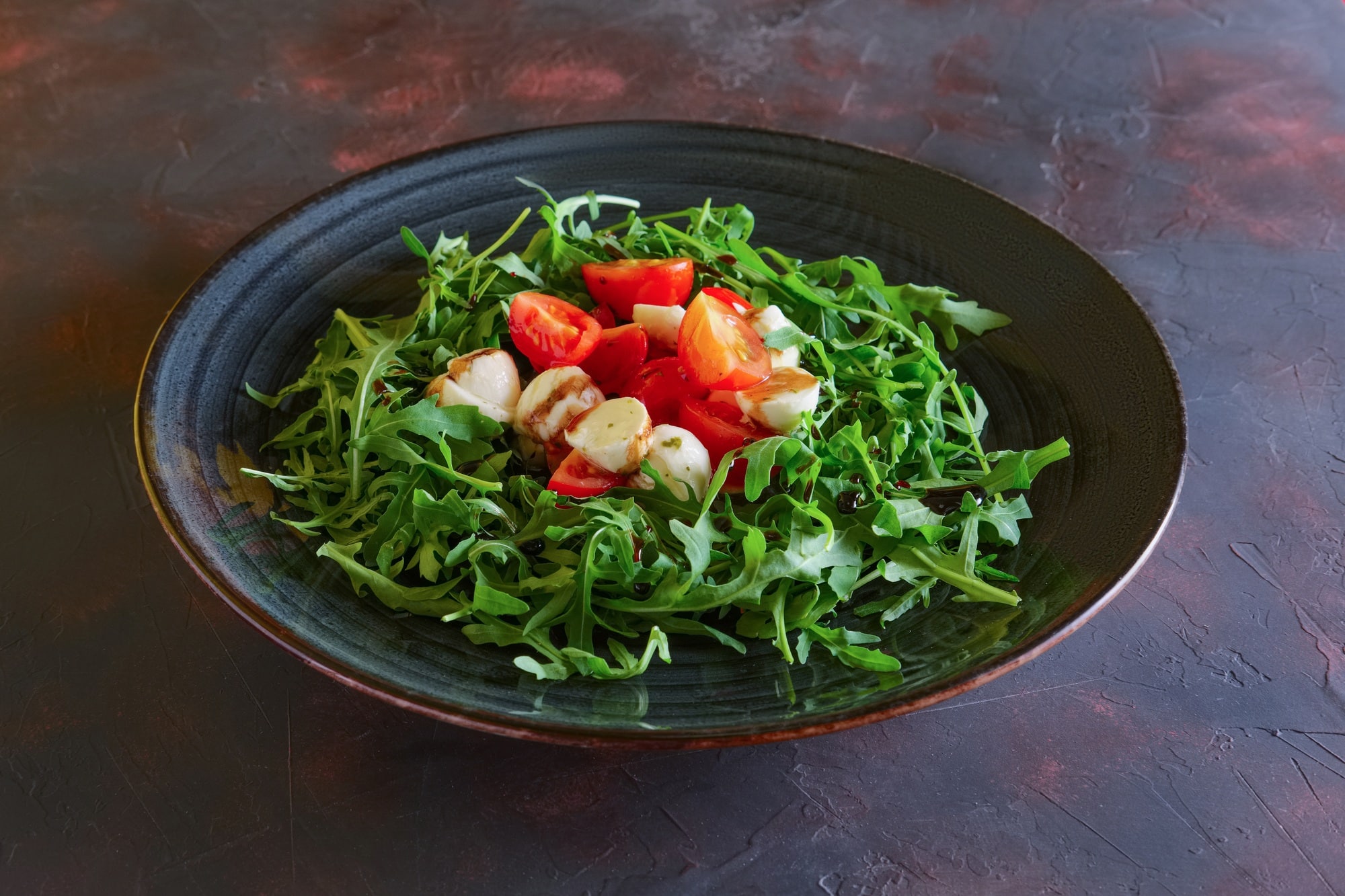
Day 4
Day 4’s meals include whole grain bread. Whole wheat bread is high in fiber and has a low glycemic index, making it a healthier carbohydrate choice. A slice of whole grain bread with almond butter for breakfast provides healthy fats and protein.
Lunch features an arugula salad, adding essential vitamins and minerals with a peppery flavor that enhances the meal.
Dinner can be a simple yet nutritious combination of whole grain bread, nut butter, and a side salad, making it a healthy meal. These meals are designed to keep you satiated and energized throughout the day.

Day 5
On Day 5, fresh vegetables are the star of your meals, providing vitamins, minerals, and fiber for digestive health. Start your day with a breakfast that includes turkey sausage, offering necessary protein while being lower in fat compared to other meats.
Lunch can be a salad packed with fresh veggies and topped with heart-healthy fats like avocado slices. A balanced dinner of lean proteins, such as turkey sausage, and a generous serving of fresh vegetables, supports weight loss and overall health.
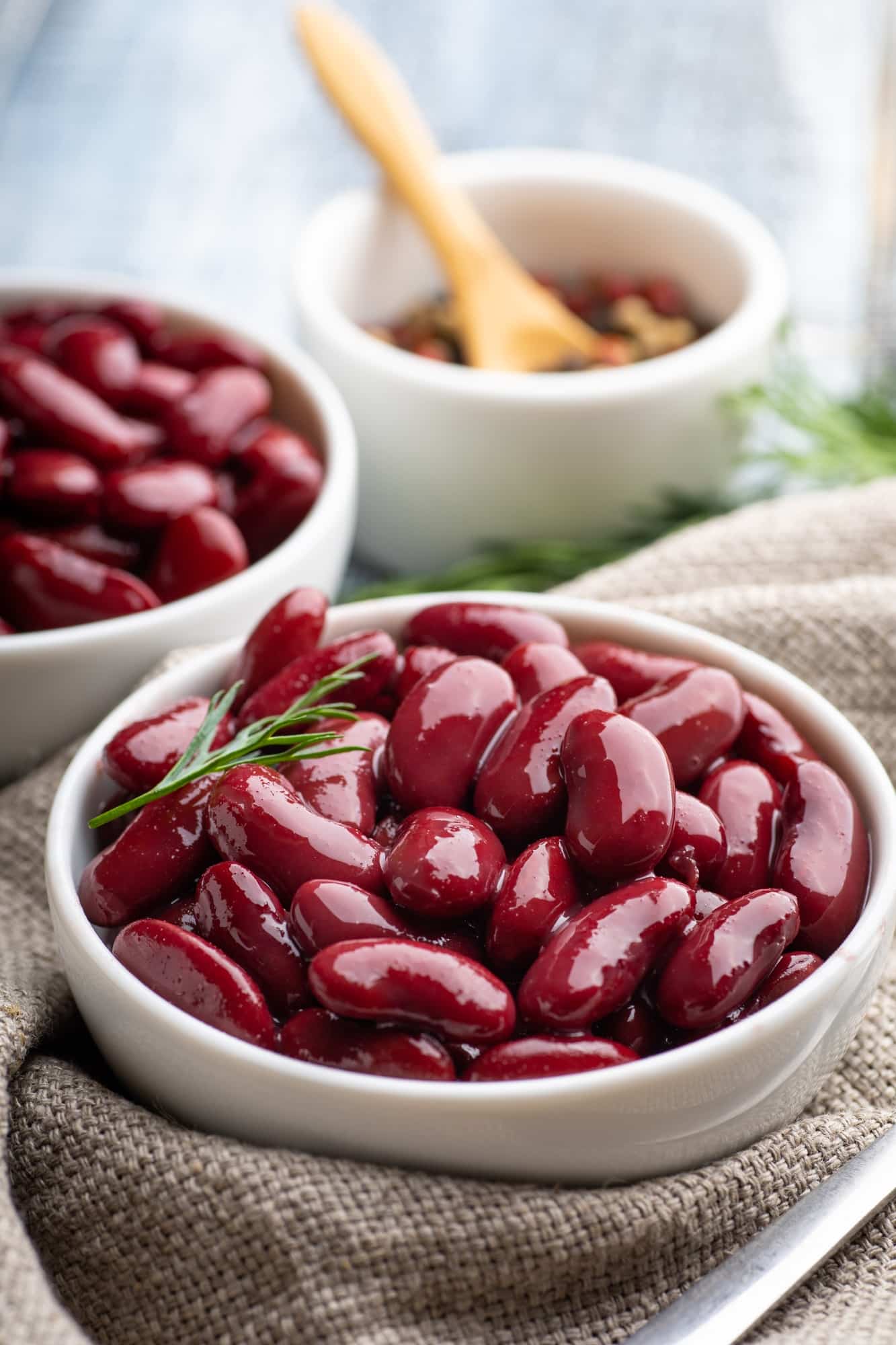
Day 6
Day 6 focuses on nutrient-dense ingredients to sustain energy and nutrition throughout the day. Fresh fruits for breakfast provide essential vitamins and minerals. Lunch includes sweet potatoes, a hearty and nutritious side rich in fiber and antioxidants.
Dinner features kidney beans, a good source of plant-based protein, rich in iron and potassium. These meals are designed to provide sustained energy and nutrition, keeping you feeling great all day long.
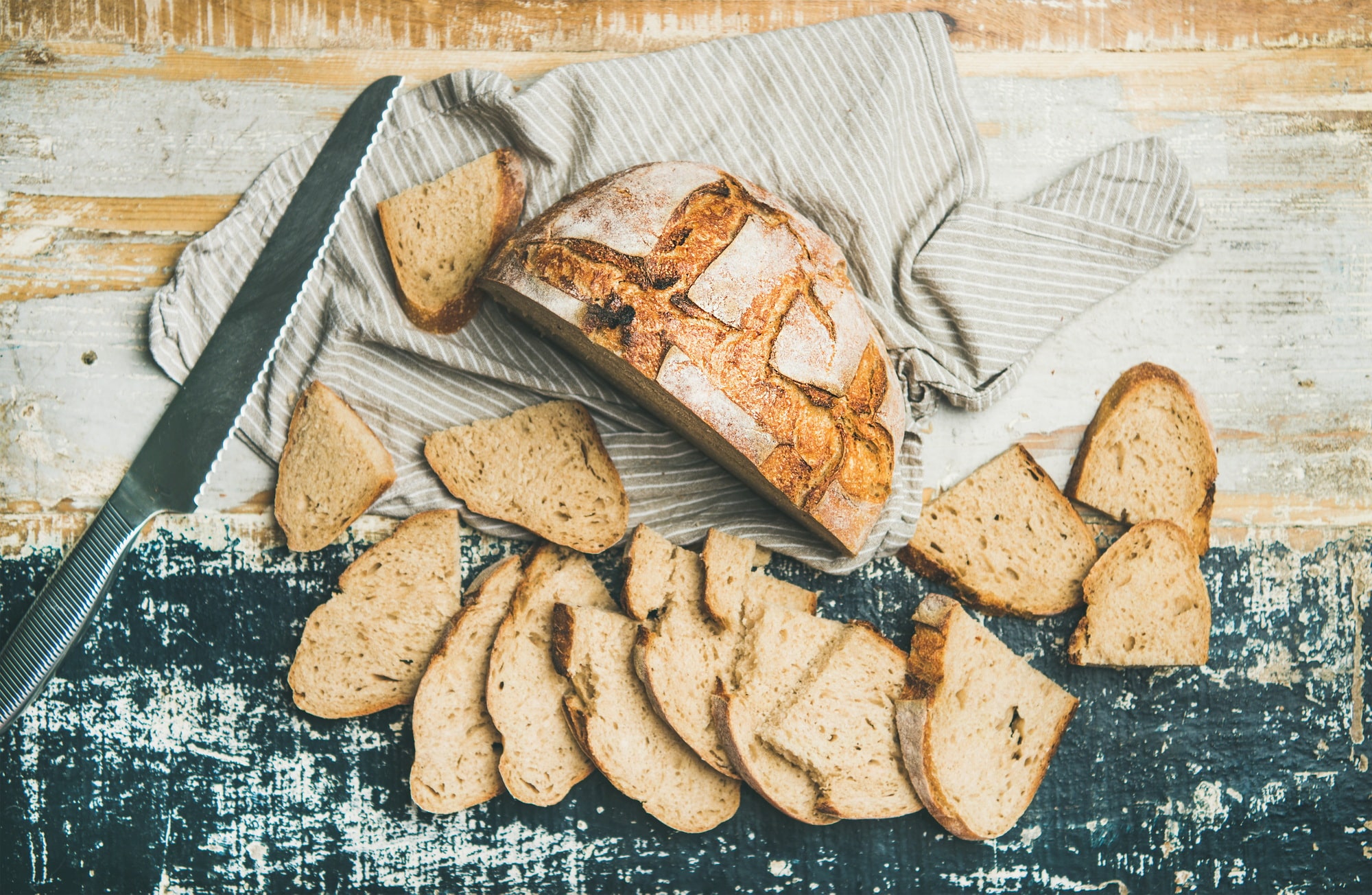
Day 7
Day 7 wraps up the meal plan with a focus on grains, legumes, nuts, baby potatoes, and crusty bread. A hearty breakfast with grains and nuts provides a rich source of protein and fiber. Lunch includes baby potatoes, offering a satisfying and nutritious option.
Dinner features 100% whole grain or sourdough bread, which is recommended for serving with meals. The daily totals for Day 7 amount to 1,228 calories, ensuring you stay within a healthy range while enjoying delicious meals.
Clean Eating Grocery Shopping Tips
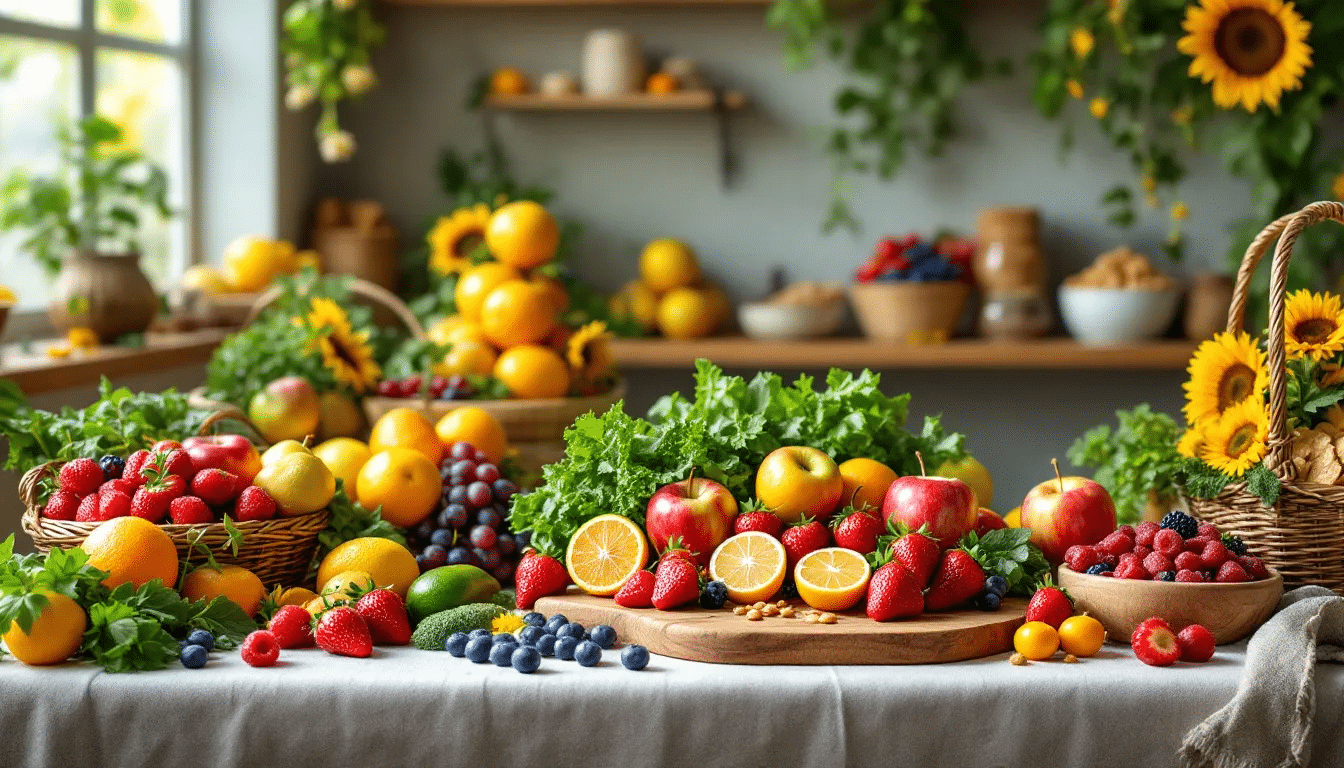
Grocery shopping for clean eating can be a breeze with the right strategies. Start by creating a shopping list that includes fresh produce, whole grains, and healthy fats. Shop around the grocery store’s perimeter for fresh vegetables, fruits, and other nutritious items. The inner aisles typically contain canned and dried beans, frozen fruit and vegetables, whole grains, nuts, and olive oil.
When buying produce, prioritize organic options for fresh fruit and vegetables with thin skin to reduce pesticide exposure. Additionally, purchasing produce on sale can provide variety in your meals while keeping costs low. By following these tips, you can make grocery shopping efficient and affordable for clean eating.

Quick and Easy Clean Eating Recipes
Maintaining a clean eating lifestyle is easier with quick and easy recipes. A salmon and avocado salad combines tender salmon with a hearty mix of red cabbage, carrots, and avocados, dressed with a creamy dill vinaigrette for a quick meal. Another great option is a zucchini, corn, and egg casserole, a crustless quiche packed with summer vegetables, perfect for brunch or casual gatherings.
A 20-minute one-skillet garlicky salmon and broccoli for dinner combines salmon with crisp vegetables, simplifying clean-up. Overnight oats are a quick breakfast option for busy mornings, offering nutritional value and convenience. These recipes ensure you can enjoy nutritious meals even on your busiest days.

Staying Motivated with Clean Eating
Staying motivated with clean eating can be challenging, but there are ways to make it easier. Joining a healthy eating group can boost accountability and enjoyment in your journey. Engaging friends or family in healthy eating habits can also help you stay committed. Celebrating small achievements in your healthy eating journey can reinforce positive habits and motivate you.
Introducing variety into your meals and snacks can reinvigorate your interest in healthy eating. Experimenting with new recipes or ingredients can refresh your excitement about healthy meals. These tips help you stay motivated and enjoy the benefits of clean eating.
Clean Eating on a Budget
Clean eating doesn’t have to break the bank. You can save a significant amount of money by buying in bulk, especially for items with a long shelf life, like whole grains and frozen vegetables. Comparing unit prices of different brands and sizes can also help you find the most economical options at the grocery store. Smart shopping strategies allow for maintaining a clean-eating lifestyle even on a budget.
Incorporate seasonal produce into your meals, as it enhances meal variety and significantly reduces costs. These tips help you enjoy nutritious foods and maintain a clean eating lifestyle without overspending.
Summarizing Clean Eating
In summary, clean eating is a lifestyle choice emphasizing whole, minimally processed foods to support overall health and well-being. From understanding what clean eating is, to recognizing its numerous health benefits, and learning how to meal prep and grocery shop effectively, this guide provides a comprehensive roadmap for beginners. The 7-day meal plan offers a practical starting point, while quick and easy recipes ensure you can enjoy nutritious meals even on busy days. By staying motivated and following budget-friendly tips, you can make clean eating a sustainable and rewarding part of your life. Ready to embark on your clean eating journey? Start today and feel the difference!
Clean Eating Q&A
What is clean eating?
Clean eating is all about sticking to whole, nutrient-packed foods like fruits, veggies, whole grains, and lean proteins, while cutting down on processed stuff and added sugars. So, think fresh and natural for a healthier you!
What are the health benefits of clean eating?
Clean eating can help you manage your weight, boost brain health, and lower your chances of heart disease while also being kinder to the planet. It’s a win-win for your body and the environment!
What foods should I include in a clean eating diet?
To nail clean eating, focus on fresh fruits and veggies, whole grains, lean proteins, healthy fats like olive oil, and legumes. These foods will keep your meals wholesome and delicious!
What foods should I avoid in clean eating?
To really stick to clean eating, skip out on processed foods, refined carbs, added sugars, and anything loaded with unhealthy fats and sodium. Your body will thank you!
How can I stay motivated with clean eating?
To stay motivated with clean eating, try joining a healthy eating group and get your friends or family involved. Celebrate your small wins and mix up your meals to keep things interesting!



